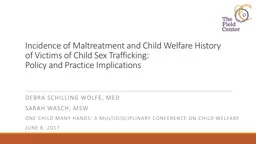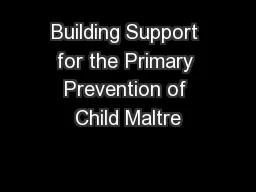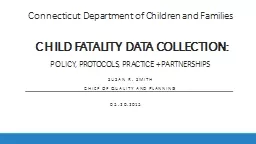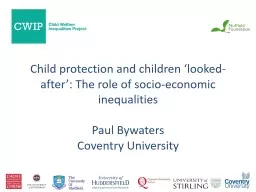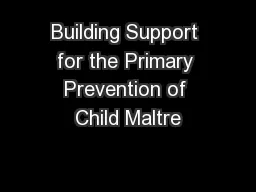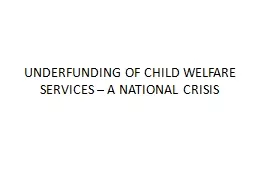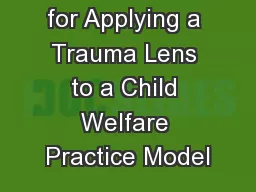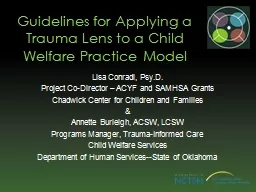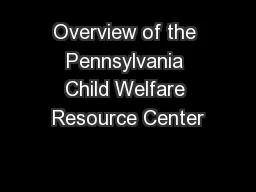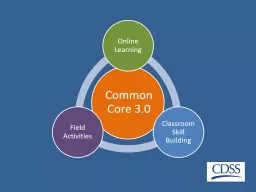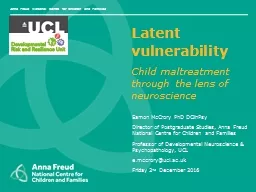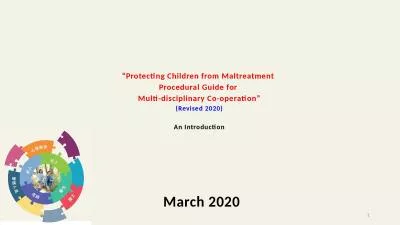PPT-Incidence of Maltreatment and Child Welfare History
Author : mrsimon | Published Date : 2020-07-04
of Victims of Child Sex Trafficking Policy and Practice Implications Debra schilling wolfe MEd Sarah Wasch MSW One Child Many Hands A Multidisciplinary Conference
Presentation Embed Code
Download Presentation
Download Presentation The PPT/PDF document "Incidence of Maltreatment and Child Welf..." is the property of its rightful owner. Permission is granted to download and print the materials on this website for personal, non-commercial use only, and to display it on your personal computer provided you do not modify the materials and that you retain all copyright notices contained in the materials. By downloading content from our website, you accept the terms of this agreement.
Incidence of Maltreatment and Child Welfare History: Transcript
Download Rules Of Document
"Incidence of Maltreatment and Child Welfare History"The content belongs to its owner. You may download and print it for personal use, without modification, and keep all copyright notices. By downloading, you agree to these terms.
Related Documents

